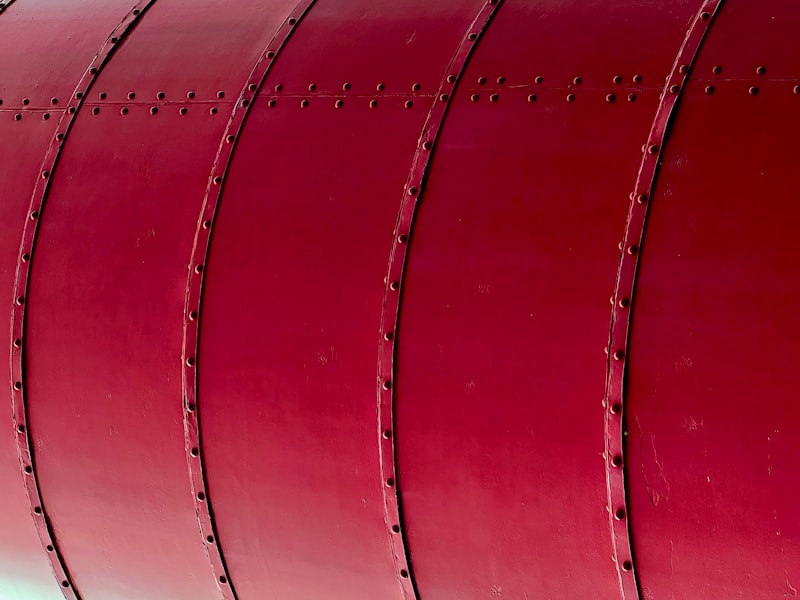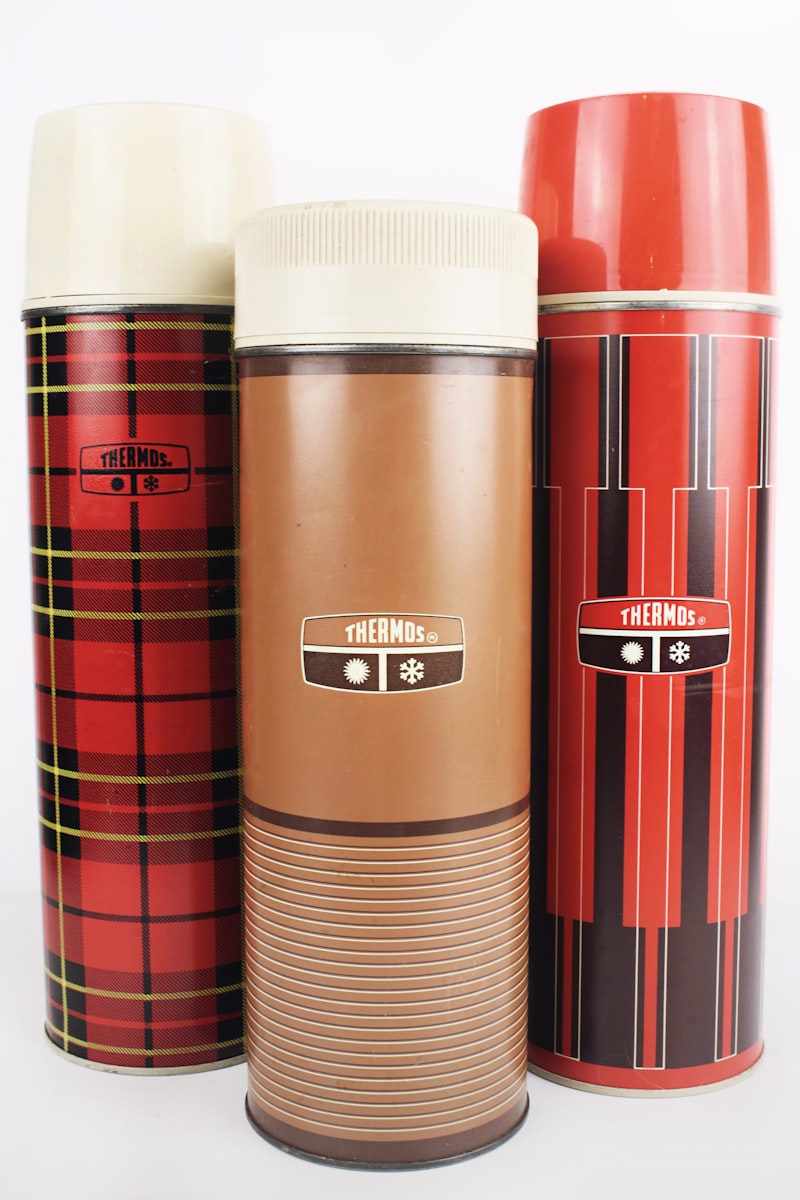Are you a car enthusiast or someone who simply wants to learn more about how your vehicle works? If so, you might have come across the terms “clutch master cylinder” and “brake master cylinder.” While they sound similar, these two components play distinct roles in your car’s operation. In this article, we’ll explore the differences between a clutch master cylinder and a brake master cylinder, shedding light on their individual functions.
Let’s start with the clutch master cylinder. Picture this component as the conductor of your car’s manual transmission orchestra. When you press down on the clutch pedal, hydraulic pressure is generated within the clutch master cylinder. This pressure is then transferred to the clutch slave cylinder, which disengages the clutch disc from the engine flywheel. As a result, you can smoothly shift gears without damaging the transmission. The clutch master cylinder acts as the intermediary, enabling seamless control over your car’s clutch system.
Now, let’s shift our focus to the brake master cylinder. This vital component is responsible for converting the force you apply to the brake pedal into hydraulic pressure. When you press the brake pedal, a piston inside the brake master cylinder moves forward, creating hydraulic pressure in the brake lines. This pressure is transmitted to the brake calipers or wheel cylinders, which then apply friction to slow down or stop the vehicle. Whether you’re gently braking or performing an emergency stop, the brake master cylinder ensures that your car responds reliably and efficiently.

In essence, the main difference between the clutch master cylinder and the brake master cylinder lies in their functions. The clutch master cylinder governs the engagement and disengagement of the clutch, allowing for smooth gear changes in manual transmissions. On the other hand, the brake master cylinder facilitates the conversion of pedal pressure into hydraulic force, ensuring effective braking performance.
Understanding the disparities between these two master cylinders provides a deeper insight into the intricate workings of your car. So, next time you’re behind the wheel, take a moment to appreciate the engineering marvels that are the clutch master cylinder and the brake master cylinder, working harmoniously to keep you in control and safe on the road.
Remember, knowing how these components function is essential for maintaining your vehicle’s performance and safety. Regular inspections and maintenance can help identify any issues with the master cylinders, ensuring their optimal functionality.
Decoding the Battle of Control: Clutch Master Cylinder vs Brake Master Cylinder
When it comes to controlling your vehicle, two crucial components play a significant role: the clutch master cylinder and the brake master cylinder. These unsung heroes work diligently behind the scenes, enabling you to navigate the roads with precision and confidence. In this article, we will delve into the intricacies of these vital parts and highlight their individual functions.
Let’s start with the clutch master cylinder. Picture yourself shifting gears smoothly as you accelerate or decelerate. The clutch master cylinder is the unsung maestro responsible for this seamless operation. It works in tandem with the clutch pedal, converting your foot’s pressure into hydraulic force. This force is then transmitted to the clutch slave cylinder, which engages or disengages the clutch disc, allowing you to change gears effortlessly. Without the clutch master cylinder, gear shifting would be a herculean task, leaving you stuck in one gear and compromising your driving experience.
Now, let’s turn our attention to the brake master cylinder. When you press the brake pedal, it’s the brake master cylinder that springs into action, translating your force into hydraulic pressure. This pressure is distributed to all four wheels through a network of brake lines, causing the brake pads or shoes to exert friction on the rotors or drums. This process generates the necessary resistance to bring your vehicle to a halt safely. The brake master cylinder ensures that your braking system operates reliably, providing you with the control and responsiveness needed to navigate traffic and stop effectively.
In summary, although both the clutch master cylinder and brake master cylinder are essential for controlling your vehicle, they serve distinct purposes. The clutch master cylinder facilitates smooth gear changes, while the brake master cylinder ensures reliable braking performance. So, the next time you engage the clutch or step on the brake pedal, remember the unsung heroes working tirelessly in the background, enabling you to command your vehicle with finesse and confidence.
Revolutionizing Performance: Unveiling the Secrets of Clutch Master Cylinder and Brake Master Cylinder
Are you ready to take your driving experience to a whole new level? Get ready to revolutionize your vehicle’s performance with the secrets of the clutch master cylinder and brake master cylinder. These two components play a crucial role in ensuring smooth and efficient operation of your car’s clutch and brakes. Let’s dive deeper into what makes them so essential.


First, let’s talk about the clutch master cylinder. Picture this: your car is racing down the road, and you’re shifting gears effortlessly. That seamless transition between gears is made possible by the clutch master cylinder. Acting as the control center, it converts your foot pressure on the clutch pedal into hydraulic pressure. This pressure is then transmitted to the clutch slave cylinder, which engages or disengages the clutch. In other words, the clutch master cylinder is like the conductor of an orchestra, orchestrating the perfect harmony between your engine and transmission.
Now, let’s shift our focus to the brake master cylinder. When it comes to safety, brakes are paramount. The brake master cylinder plays a vital role in ensuring your braking system operates flawlessly. Imagine you’re cruising down a winding road, and you encounter a sudden obstacle. You slam your foot on the brake pedal, and the magic happens. The brake master cylinder converts that force into hydraulic pressure, transmitting it through the brake lines to each wheel. As a result, the brake pads engage with the rotors, effectively slowing down or stopping your vehicle. It’s like having a symphony of precision at your feet!
The beauty of these components lies in their ability to enhance both performance and safety simultaneously. By maintaining their optimal condition, you ensure that your clutch engagement is seamless and your braking power is at its peak. Regular maintenance, such as checking fluid levels and bleeding the system, can go a long way in keeping these components in top shape.
So, the next time you hop into your car, remember the unsung heroes behind the scenes — the clutch master cylinder and brake master cylinder. They silently work their magic to provide you with an awe-inspiring driving experience. Get ready to revolutionize your performance and embrace the road like never before!
From Acceleration to Braking: Understanding the Role of Clutch and Brake Master Cylinders
Are you ready to dive into the fascinating world of automotive mechanics? Today, we’re going to unravel the mysteries of clutch and brake master cylinders. These vital components play a crucial role in your vehicle’s acceleration and braking systems, ensuring smooth and efficient operation on the road.
Let’s start with the clutch master cylinder. Picture this: you’re shifting gears, feeling the power of the engine as you accelerate. Well, the clutch master cylinder is what makes that possible. It acts as the middleman between your foot and the clutch itself. When you press the clutch pedal, hydraulic pressure is generated within the master cylinder. This pressure is then transmitted through a series of hoses and pipes, ultimately reaching the clutch slave cylinder. As a result, the slave cylinder engages or disengages the clutch, allowing for seamless gear changes. Without a properly functioning clutch master cylinder, shifting gears would be a real struggle.
Now, let’s shift our focus to the brake master cylinder. Imagine you’re cruising down the highway, and suddenly, you need to come to a halt. The brake master cylinder is the hero of the moment. When you press the brake pedal, it activates the master cylinder, which converts your foot’s force into hydraulic pressure. This pressure is then transmitted to the brake calipers or wheel cylinders, depending on your vehicle’s braking system. As a result, the brake pads or shoes are pressed against the rotors or drums, creating friction that slows down or stops the vehicle. It’s like having a trustworthy friend who ensures your safety by translating your intentions into effective braking power.
The clutch and brake master cylinders are essential players in the intricate symphony of your vehicle’s acceleration and braking systems. They convert mechanical force into hydraulic pressure, enabling smooth gear changes and reliable braking performance. So, the next time you feel the thrill of acceleration or rely on your brakes to keep you safe, remember the unsung heroes, the clutch and brake master cylinders, working tirelessly behind the scenes to make it all happen.
Masters of Precision: Examining the Differences between Clutch and Brake Master Cylinders
Are you familiar with the hidden heroes responsible for your vehicle’s smooth control? Meet the clutch and brake master cylinders, the Masters of Precision. While they may seem similar in function, these essential components have distinct roles that contribute to your driving experience. In this article, we’ll dive into the details, exploring the fascinating differences between clutch and brake master cylinders.
Let’s start with the clutch master cylinder. Think of it as a conductor in an orchestra, seamlessly coordinating the movements of various components to engage and disengage the clutch. When you press the clutch pedal, hydraulic pressure is generated, which the clutch master cylinder transmits to the slave cylinder. This pressure subsequently activates the clutch assembly, temporarily disconnecting the engine from the transmission. As a result, you can effortlessly shift gears, ensuring a smooth and controlled ride.
Now, onto the brake master cylinder – the guardian of braking precision. Picture it as the heart of your vehicle’s braking system, pulsating with power. When you apply pressure to the brake pedal, the brake master cylinder springs into action. It converts the mechanical force from your foot into hydraulic pressure, amplifying it and distributing it to the brake calipers or wheel cylinders. This force causes the brake pads or shoes to clamp onto the rotors or drums, effectively slowing down or stopping your vehicle. The brake master cylinder plays a crucial role in maintaining the optimal balance and responsiveness of your braking system.
While both the clutch and brake master cylinders operate on the same hydraulic principle, their designs and functions differ significantly. The clutch master cylinder typically has a smaller bore diameter, as it requires less fluid displacement compared to the brake system. In contrast, the brake master cylinder has a larger bore diameter to generate the higher hydraulic pressure necessary for effective braking. Additionally, the brake master cylinder often incorporates a dual-circuit design, adding an extra layer of safety by providing redundancy in case of a failure.
The clutch and brake master cylinders may share a hydraulic foundation, but their purposes and designs set them apart. The clutch master cylinder ensures seamless gear shifting, while the brake master cylinder empowers precise control over your vehicle’s stopping power. Together, these Masters of Precision work harmoniously to enhance your driving experience, ensuring safety, control, and smooth operation on the road.
